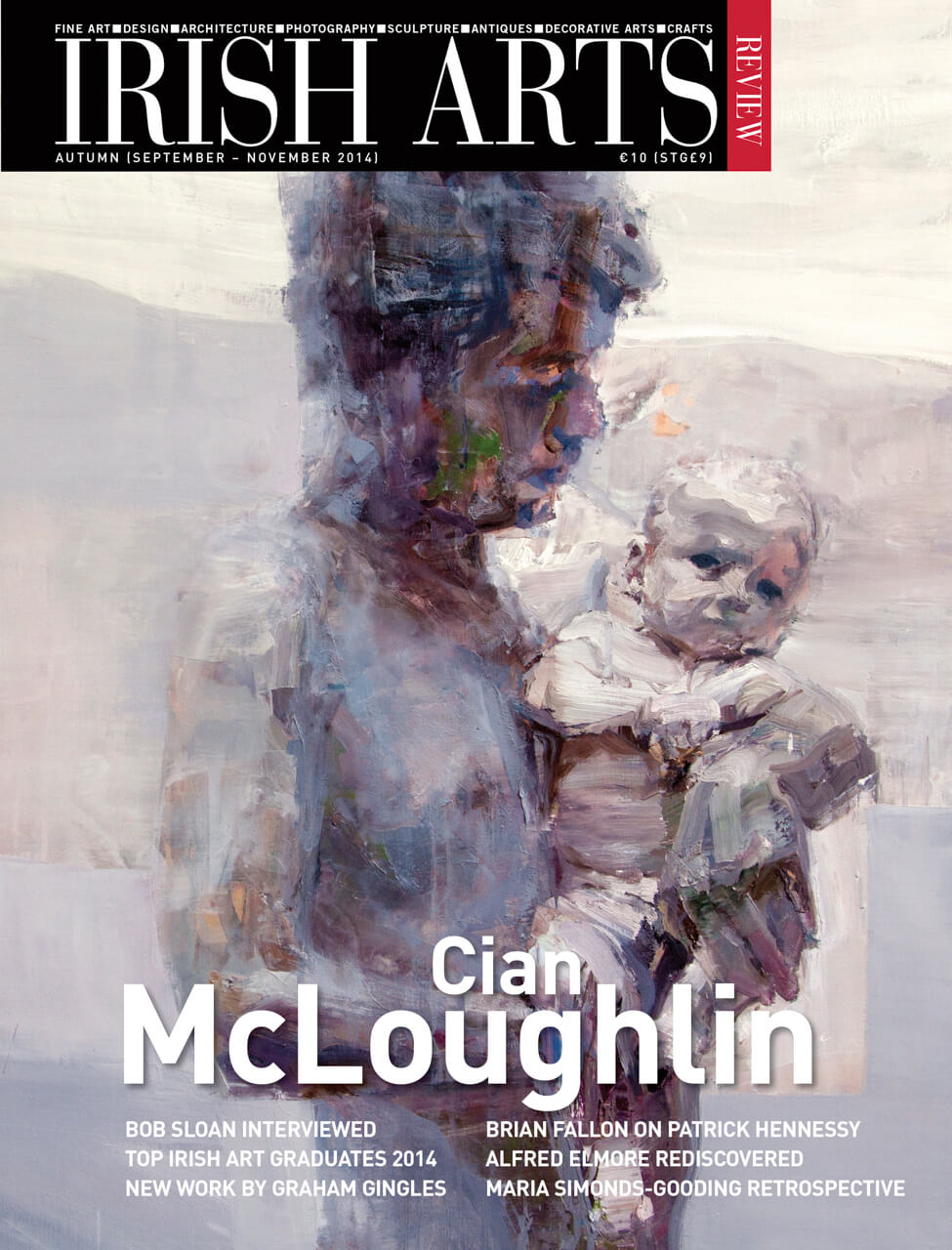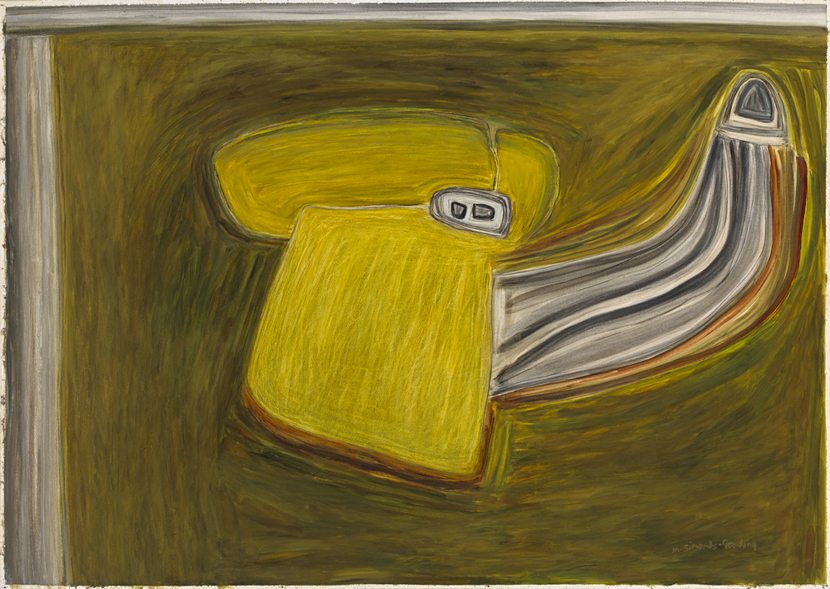

With the recent passing of Ronald Tallon, Seán √ì Laoire reflects on the end of an era and remembers Michael Scott, founder and charismatic figurehead of Scott Tallon Walker
The death of Ronald Tallon in June this year brought to a final conclusion the original creators of the architectural practice known as Scott Tallon Walker. The founder Michael Scott died in 1989. He had a number of professional incarnations, the most notable and enduring of which is the practice he formed in 1974, with his protégés Ronald Tallon, and Robin Walker. Robin Walker, born in 1924, died in 1991. Walker, having worked with Le Corbusier in Paris, joined Scott for eight years before departing to study under, and later teach, with Mies van der Rohe in Chicago. Walker was, from that time, to philosophically and professionally commit to adapting Mies van der Rohe’s tenets to an Irish context. This ethos informed and still informs the guiding principles of the practice.
Ronald Tallon was made a partner by Scott shortly before Robin Walker’s return from America and was to expand the Miesian vocabulary of the practice in a corpus of work that would see Tallon lauded as ‘one of the most influential Irish architects of the last century’ and in being granted a lifetime achievement award by the RIAI in 2010.
Tallon (born 1920) was pre-deceased in February 2014 by Patrick Scott, architect and artist (no relation) and also by the passing of the artist Louis le Brocquy, long-time collaborator with Scott and Scott Tallon Walker (STW) in 2012.
Michael Scott’s boyhood ambition was to be a painter. His part-time study under Seán Keating, in company with the likes of Maurice McGonagle, presaged a journey that would see him in the role of patron and a bridge between the arts and architecture. Besides serving and shaping the early incarnations of the Arts Council, this strand of his vocational passions culminated in his being the instigator of the ‘Rosc’ exhibitions, which indelibly marked the consciousness of countless Irish artists, while forever confronting the arts community and establishment to engage with the ‘modern’ world. Indeed, one of Rosc’s patron’s, Charles J Haughey, with Scott’s inspiration and tutelage, committed to and delivered the Irish Museum of Modern Art. He would have also contributed to a culture of enlightened patronage, exemplified in the life and legacy of Gordon Lambert and others.
In my brief encounters with Scott I found him to be the embodiment of urbanity, wit and generosity of spirit. These attributes allowed him to be at ease in the ‘demi-mondes’ of artistic Dublin, New York and London, as well as in the corridors of power in Ireland and elsewhere, which he trod with aplomb and not a little reward.
Having given triumphant expression to Ireland’s separateness from Britain at the New York World’s Fair (1938), with his ‘Shamrock’ Pavilion, Scott’s friendship with Seán Lemass, facilitated his appointment to design Busáras. To this day, it is an enduring testimony to the state’s commitment to ‘modernism’, in this case, with a nod to Le Corbusier and the Festival of Britain, as well as being a barometer of public disposition to ‘modernism’. It also engaged the talents of the artist Patrick Scott anticipating an enduring commitment to close collaboration with a small grouping of artists. I am particularly fascinated by one of Scott’s initiatives in the bleak monochrome 1950s. The formation of Signa, a ‘design consultancy’ with Patrick Scott, his protégée and colleague, and Louis le Brocquy in 1953 offers to me a new insight into Michael Scott’s genius and breadth of consciousness. Concepts that we now accept, such as ‘marketing’, ‘branding’ and ‘public relations’ were non-existent or primitive in Ireland then. Apart from redesigning the livery of CI√â’s train fleet in a colour range that is embedded in the memory of generations of Irish people, remaining fragments of the enterprise display innovative graphic design typography, and a capacity to integrate and attractively illustrate hidden layers of Irish heritage. Critically, it demonstrated Scott’s grasp of design as being at once a process of problem solving, as well as a means to stimulation and communication. As a nation we struggle with joining the dots that could begin to define a new and indigenous paradigm for ‘design’ which could yield great societal benefits.
I would like to think that, at very least, we could explore another meaning for ‘Rosc’. Besides conveying the ‘Poetry of Vision’, it also translates as a War Cry or Battle Hymn. Perhaps it is time to re-visit the art of place-making in a new and lasting manner.
There is a Ruskinian notion that the nature and the quality of a society’s architecture falls and rises, as an index of its health and morality. I believe the legacy of Michael Scott and his successors would score high on that index.
Iconic projects from Scott Tallon Walker
Uniquely, the architectural legacy of Scott and his partners and successors in practice can be seen to mark every decade of the state’s evolution from the 1930s to this date. Shane O’Toole’s magisterial Scott Tallon Walker, 100 Buildings and Projects (1960 – 2006), is recommended reading in this regard. I offer here, but a small sampling of such projects.
Seán √ì Laoire is Director of MOLA Architecture and a formerPresident of the RIAI.



